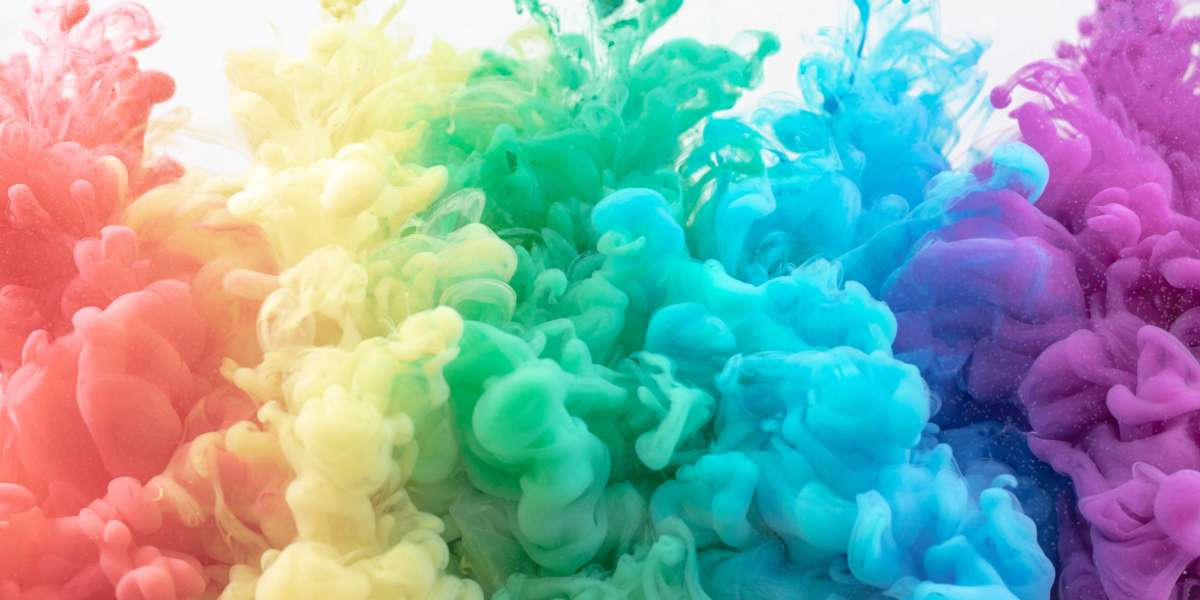In visual arts, colour mixing and colour combination plays a considerable role. Colour theory encompasses a wide range of definitions, methods and categories.
The colours you use for your design, brand etc. play a paramount role in gaining and retaining customers. It is said that people decide whether or not they like a particular product in less than 90 seconds. So, it is important that you use the right colours to catch their attention. One of the most essential components that you shoud spend a good amount of time on is COLOR.
The following are some common color models :
- RGB Color Model : This is also called as the 'additive color model'. This model uses Red, Green and Blue in varying intensities. If you mix all three colors you will end up with white.You can mix different intensities of these colors to get plenty of different colors. When working on designs for screens, use the RGB color model for best results.
- CMYK Color Model : This is also called the 'subtractive color model'. It is mostly used in paper, packaging etc. CMYK stands for(Cyan, Magenta, Yellow, Black). In printing, CMYK is the preferred color model. These four colors get darker as you blend them together, hence the name 'subtractive'.
The Color Wheel:
You're right, its a wheel of colors! Artists and designers use the color wheel to choose, blend, mix colors and also to create color palettes.
The color wheel consists of:
- Primary Colors : There are three primary colors - Red, Blue and Yellow.
- Secondary Colours : Colors made from primary colors are called secondary colors - green, purple etc.
- Tertiary Colors : Colors made from primary and secondary colors are called tertiary colors - yellow-green etc.
- Warm Colors : These shades include reds, yellows and oranges.
- Cool Colors : These include shades such as blues, greens and purples.
- Intermediate Colors: These colors are the opposite colors on the color wheel. These colors exist between every primary and secondary color.
- Complementary Colors : This involves combining colors that are opposite to each other in the color wheel. One half of the color wheel consists of warm colors, the other consists of the cool colors. Combining them helps to increase the contrast.
- Monochromatic Colors : As the name suggests, these are colors that have the same hue, just different shades and tints to lighten or darken them.
- Analogous Colors : These are colors next to each other in the color wheel. Analogous colors work well together and have a good harmony.







